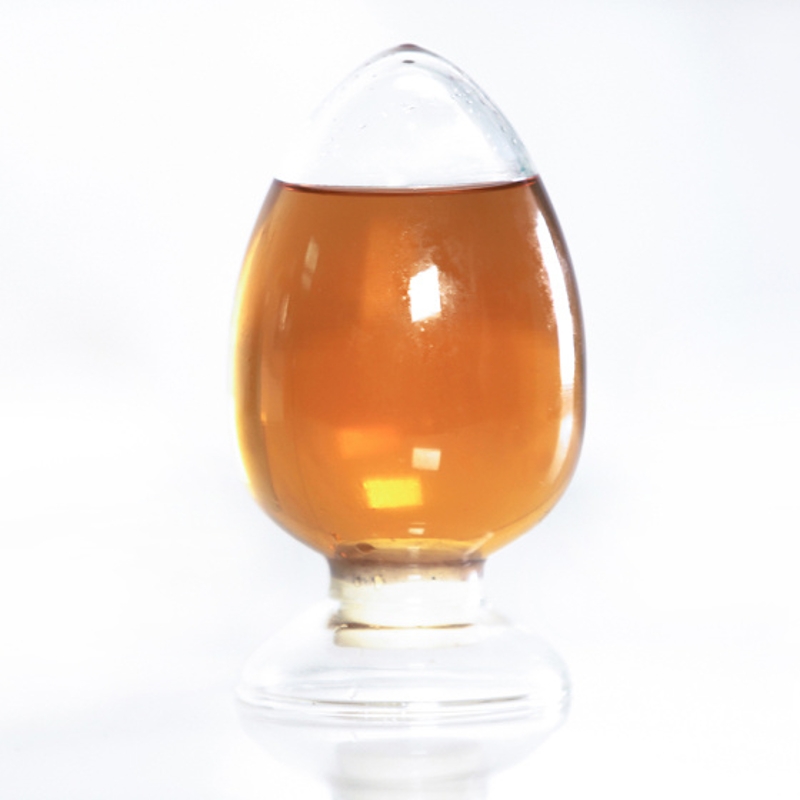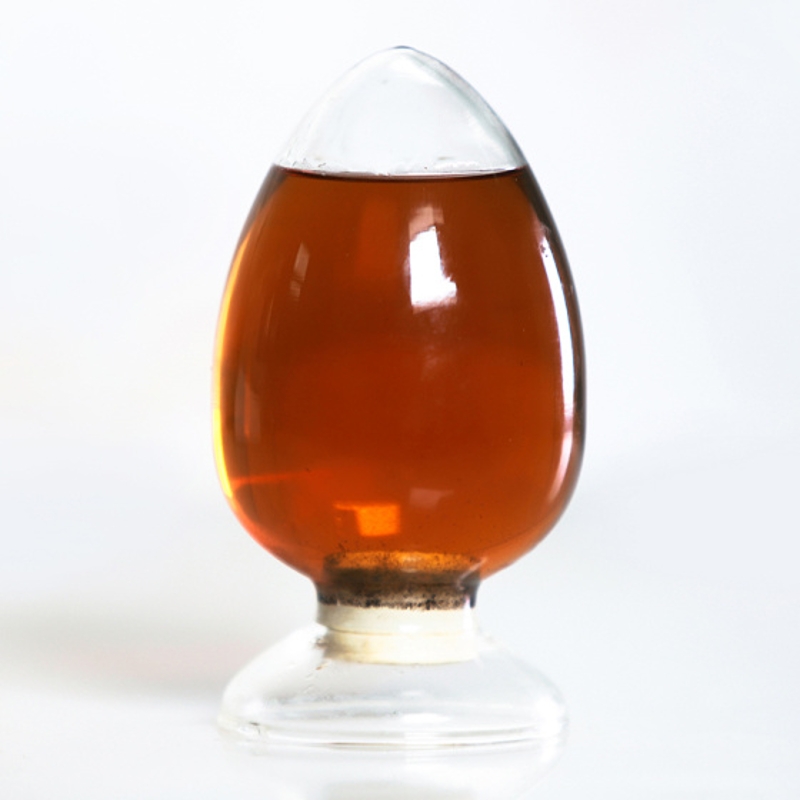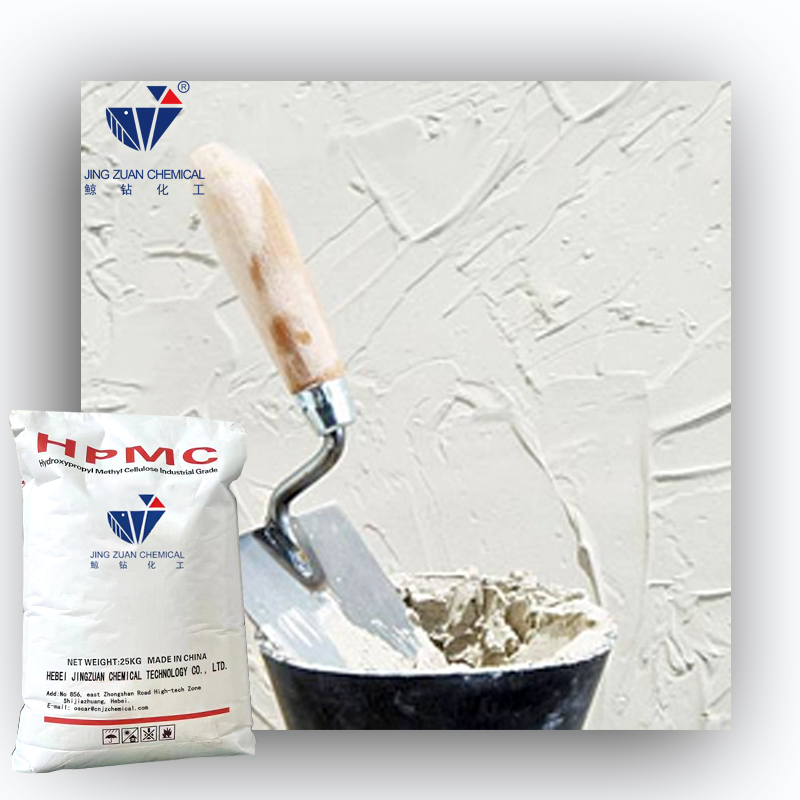-
Categories
-
Pharmaceutical Intermediates
-
Active Pharmaceutical Ingredients
-
Food Additives
- Industrial Coatings
- Agrochemicals
- Dyes and Pigments
- Surfactant
- Flavors and Fragrances
- Chemical Reagents
- Catalyst and Auxiliary
- Natural Products
- Inorganic Chemistry
-
Organic Chemistry
-
Biochemical Engineering
- Analytical Chemistry
- Cosmetic Ingredient
-
Pharmaceutical Intermediates
Promotion
ECHEMI Mall
Wholesale
Weekly Price
Exhibition
News
-
Trade Service
14.
1.
2 Metabolism and Toxicology
14.
1.
2.
1 Metabolic processes in the body
Pyrazolone drugs in animals are mainly metabolized through oxidative pathways
.
Oral Analgin is rapidly absorbed by rats, almost completely absorbed, with a bioavailability of about 80%; dogs and humans have an oral bioavailability of nearly 100%
.
Analgin is metabolized extensively in humans, horses, and pigs.
The plasma half-life of aminopyrine is 2 to 4 hours, the volume of distribution is 0.
7L/kg, and the plasma clearance rate is 187mL/min
.
The metabolic pathway is similar to that of Analgin
The metabolic routes of Analgin and Aminopyrine are shown in Figure 14-2
.
Figure 14-2 Metabolic route of Analgin and Aminopyrine
The half-life of antipyrine in the human body is 13-15h, the volume of distribution is 0.
5L/kg, and the clearance rate is 31mL/(h·kg)
Figure 14-3 Antipyrine metabolic pathway
Butysone is completely absorbed orally, the oral bioavailability of dairy cows is 54%-69%, and the oral bioavailability of horses is 70%.
It is mainly distributed in plasma and extracellular fluid.
The tissue binding rate is low.
Vd is 120 mL/kg.
When the dose is increased, V increases, and the blood concentration does not increase
.
The binding rate of phenylbutazone and plasma protein is relatively high, from 93% to 98% in dairy cows and more than 98% in horses.
14.
1.
2.
2 Toxicology and adverse reactions
Analgin has very low acute toxicity
.
Oral acute toxicity in mice and rat LD 50 of 3127 ~ 4800mg / kg, in the 1000 ~ 4000mg / kg dose range, all test animals exhibited tremor and sedation
The toxicity of antipyrine and aminopyrine is similar to that of analgin, but it is more serious and has been eliminated
.
The incidence of adverse reactions of phenylbutazone is about 10% to 20%, such as short-term use, the incidence of adverse reactions is less
.
It is more irritating to the gastrointestinal tract, and can cause nausea, vomiting, abdominal pain, constipation, etc.
The toxicity of pentenebutazone is similar to that of the propionic acid drugs phenoxyprofen or naproxen , and its side effects are lighter than those of phenylbutazone, but the serious gastrointestinal side effects and other serious side effects are better than those of phenoxybuprofen and naphthalene.
Pusheng is high, and it is easy to cause skin rash
.
With Salmonella TA97a, TA98, TA100 and TA102 test phenylbutazone, oxyphenbutazone, antipyrine , and dipyrone mutagenic action, the first three drugs were negative, weakly positive dipyrone
.
The four drugs in the sister chromosome exchange experiment in male mice all showed a dose-effect relationship
14.
1.
3 Maximum allowable residue limit
Due to the adverse effects of pyrazolone drugs on the gastrointestinal tract, the United States, Sweden, and CAC prohibit the use of such drugs in food animals, and Japan’s positive list also includes them in the uniform standard (0.
01mg/kg)
.
In 1997, the European Union evaluated phenylbutazone in order to formulate the MRL of phenylbutazone in animal-derived foods.
However, the data at that time did not show the safety level of phenylbutazone residues in animal-derived foods because the MRL was not specified, but it was used.
Animals treated with butyl pine must not enter the human food chain
.
The US FDA prohibits the use of phenylbutazone in food animals and has not established a drug withdrawal period.
Therefore, zero tolerance is implemented in meat, milk, and eggs consumed by humans
.
Canada implements the same drug residue standards as the United States, but the Canadian Food Animal Residue Avoidance Databank recommends that cattle take 10 mg/kg body weight as a lead dose of oral phenylbutazone, and then take 5 mg/kg body weight every 24 hours.
, Or intragastrically at a dose of 3mg/kg body weight every 48 hours, 60 days for meat, and 10 days for milk to avoid residues
.
At present, only the maximum residue limit (MRL) of Analgin is regulated
.
The regulations of China and the European Union are shown in Table 14-2
.
Table 14-2 China and EU MRLs to Analgin







